Everything you need to know about 3D printing
From rapid prototyping to end-use parts, 3D printing is revolutionizing the way we design products. By utilizing computer-aided design (CAD) software, intricate designs can be created and then printed in three dimensions. This process is called additive manufacturing, as it builds up a product layer by layer, allowing for complex shapes and structures to be created with ease. With 3D printing, our designers can instantly create customized parts and components in our workshop that are tailored to the needs of your product. Let’s explore how we at ManGo Product Design utilize 3D design printing. We’ll be looking at different types of 3D printing, costs, benefits, and drawbacks.
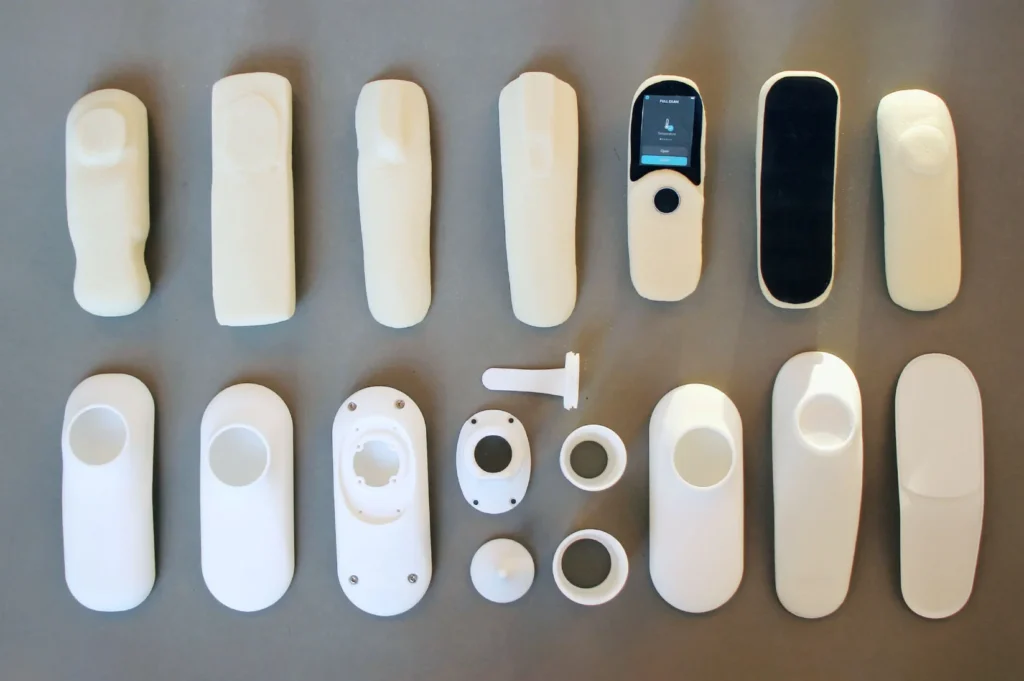
Different types of 3D design printing
3D printing technology has come a long way since its inception in the 1980s. Today, there are dozens of different types of 3D printers out there, each one tailored to specific applications or materials. Fused deposition modeling (FDM) is one of the most common types of 3D printing and involves melting thermoplastic filament and extruding it layer by layer onto a build plate. Selective laser sintering (SLS) uses lasers to fuse together powdered materials like nylon or steel, while stereolithography (SLA) cures liquid resin with UV light to create layers of objects. Each type has its own unique advantages and disadvantages, in our workshop to speed up the development process for our clients we use FDM to 3D print your idea. It may be however that for your product design an alternative method of prototyping is more appropriate; in the development process ManGo will advise what technique to use. Some prototypes may need to be sub-contracted to special prototyping suppliers from our network or a selected OEM factory.
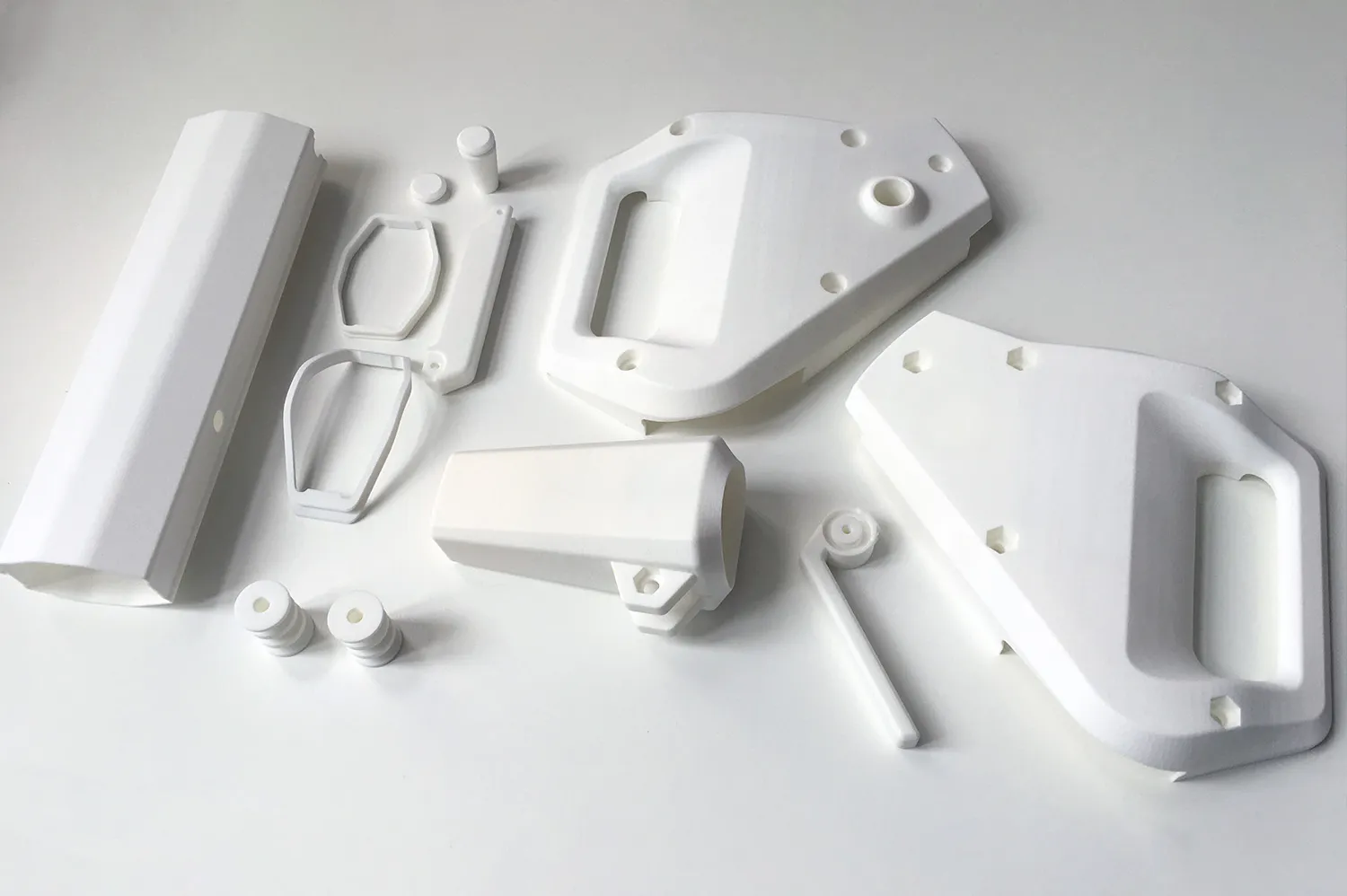
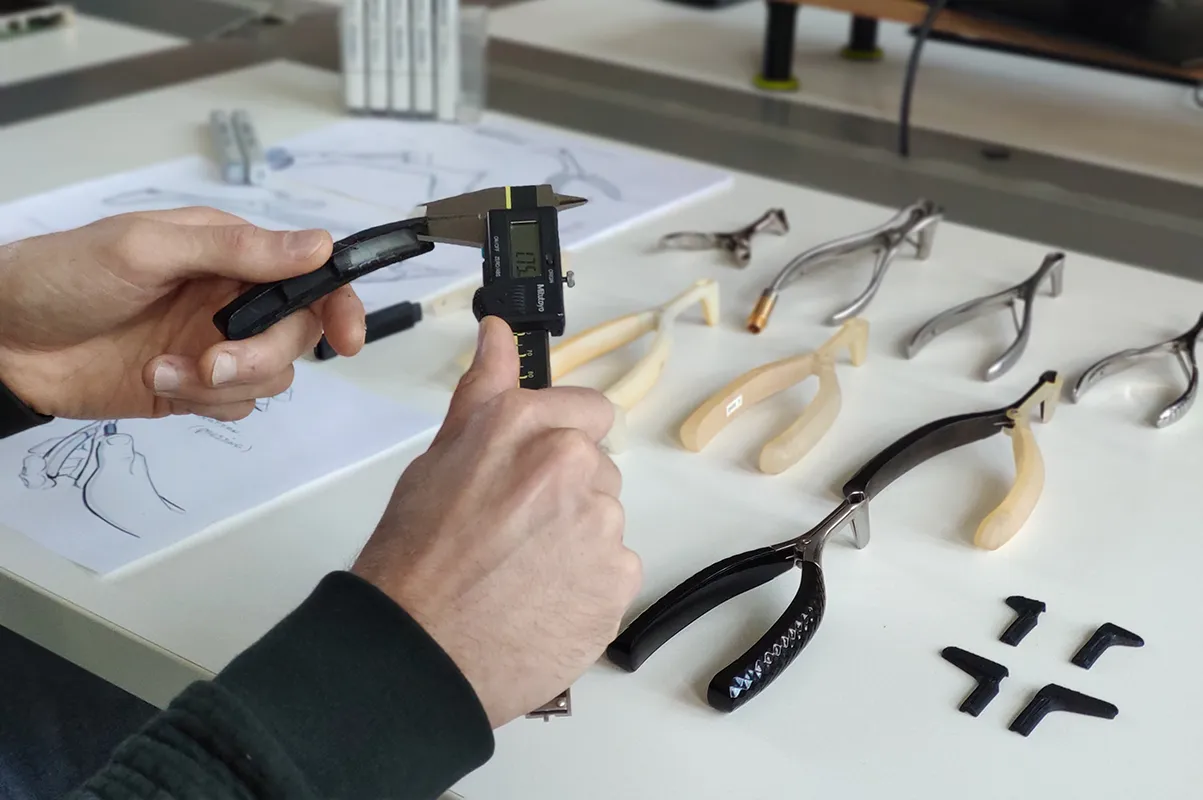
3D printing costs
The cost of 3D printing depends on several factors such as size and complexity of the components as well as type of material used. Generally speaking, FDM printers are less expensive because they use readily available filament that is easy to work with. FDM printers also require minimal setup time which enables them to produce cost-efficient parts fast. Small components can often be printed for a few euro’s (dollars) each and larger (housing) components made from high grade materials with neat surface finishes can run up to a few thousand euro (dollar). Do take into account that for the latter FDM printing is not a suitable, such parts we often get made through SLS, SLA or milling.
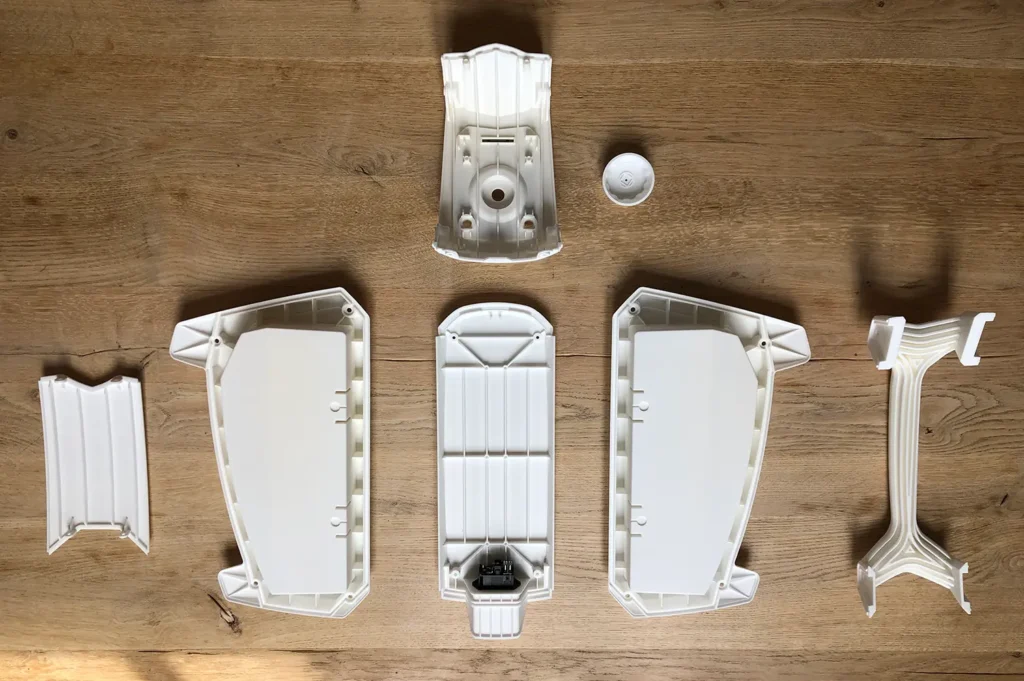
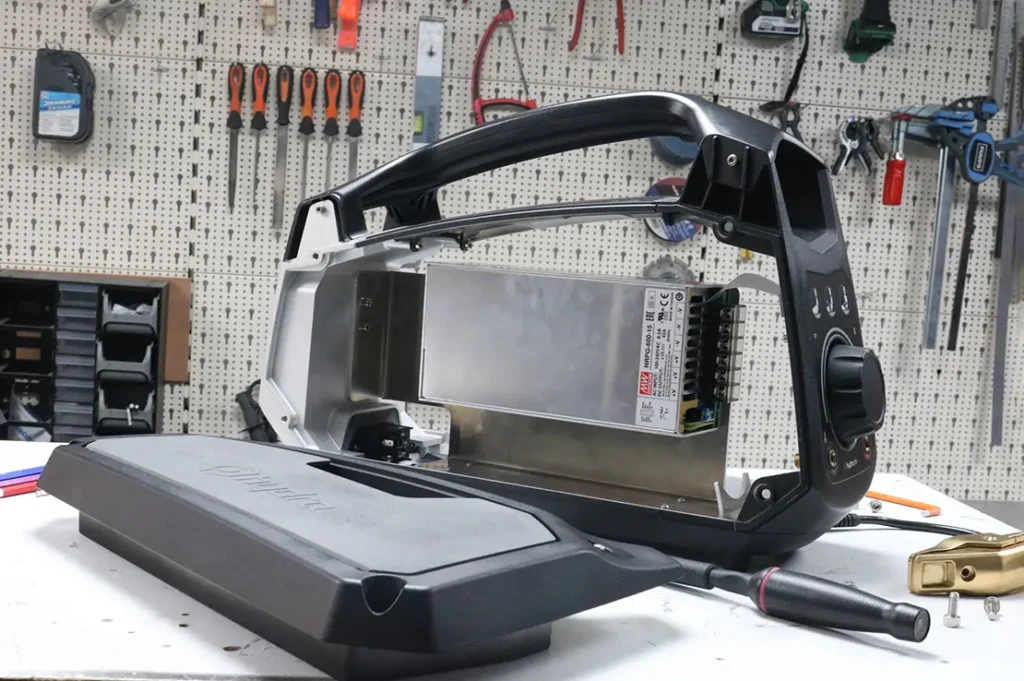
Benefits of 3D printing
One of the biggest advantages is that it enables our designers to test 3D printing ideas before our clients need to invest in expensive moulds for manufacturing. By using 3D printed prototypes, we can get an idea of how the product will look and feel before committing to producing it on a larger scale. This means that our engineers can quickly iterate on designs and test new ideas without having to wait weeks or months for tooling changes. Improvements discovered in prototypes make it possible to work towards the perfect version of your product design.
Another big benefit of 3D printing your design is that it allows for complex geometries to be made which would be impossible to manufacture with traditional production techniques like injection molding. And, since there are no tools required for production, lead times are greatly reduced as well. Making 3D printing or vacuum casting by utilizing 3D printed moulds ideal for small production runs with minimal sacrifice in quality or performance.
3D printing drawbacks
Despite its advantages over traditional manufacturing processes there are also some drawbacks associated with 3D printing. First of all, that in comparison it is relatively expensive, making components with injection moulding for example only costs a fraction of 3D design printing. However, to enable that considerable investments in tooling need to be done first.
3D printing has a lower “resolution” compared to injection molding which can produce parts faster and at a higher precision. Materials used in 3D printing often have a limited durability which can make them unsuitable for certain applications such as outdoor use, medical devices or parts exposed to high temperatures or pressures like those found in engines or pumps. Furthermore, certain materials may not be suitable for food contact due to their relatively high concentration of toxic chemicals. It should also be noted that components designed for 3D printing are optimized in a different way than those for mass manufacturing. Thus, after the process of 3D printing and prototyping the DFMA phase to optimize a design for tooling still has to be executed. As part of the development process ManGo Product Design will consult you about how we will use 3D printing or other prototyping methods most effectively.
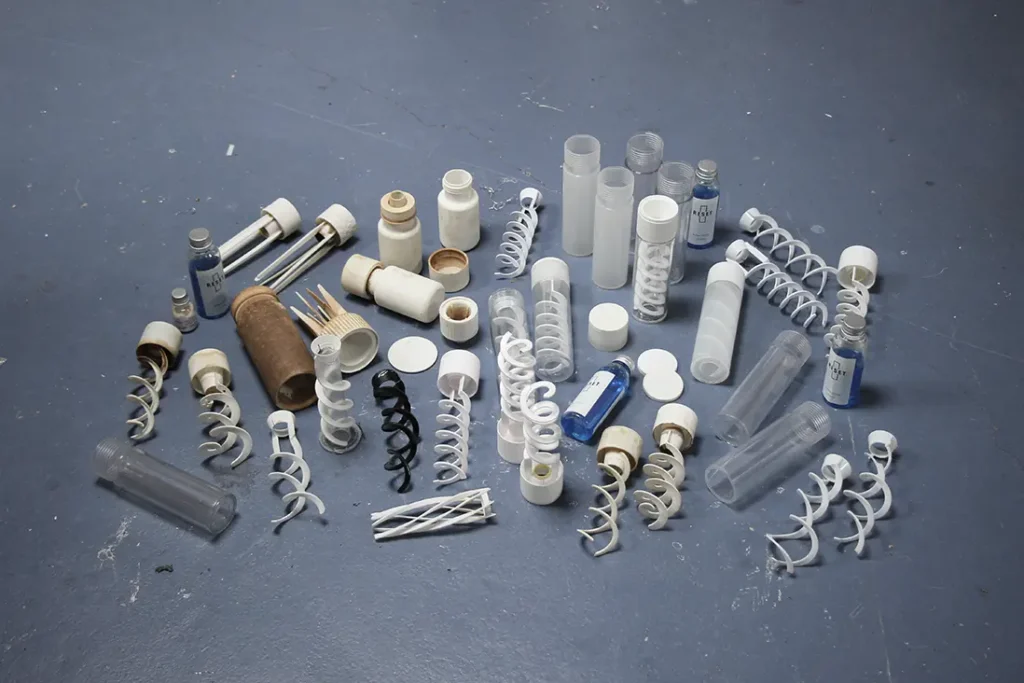
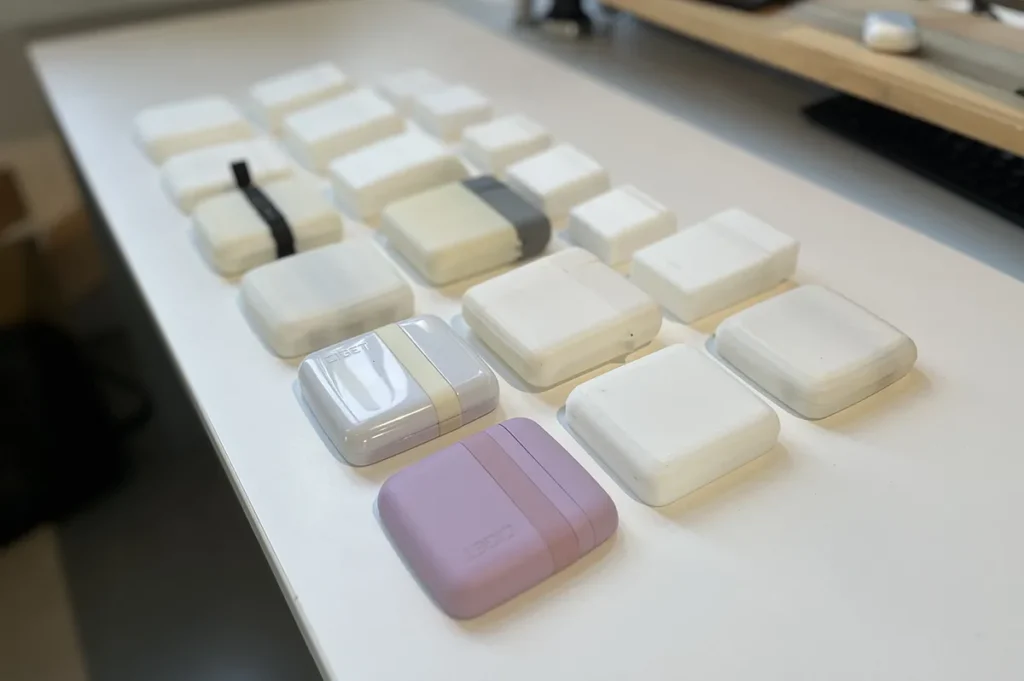
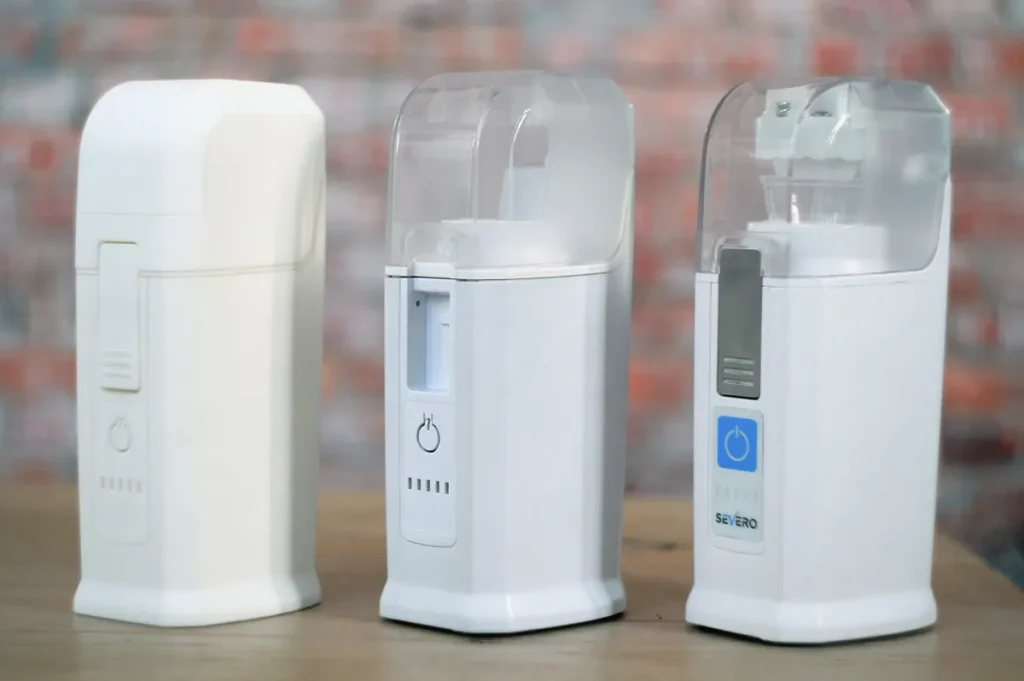
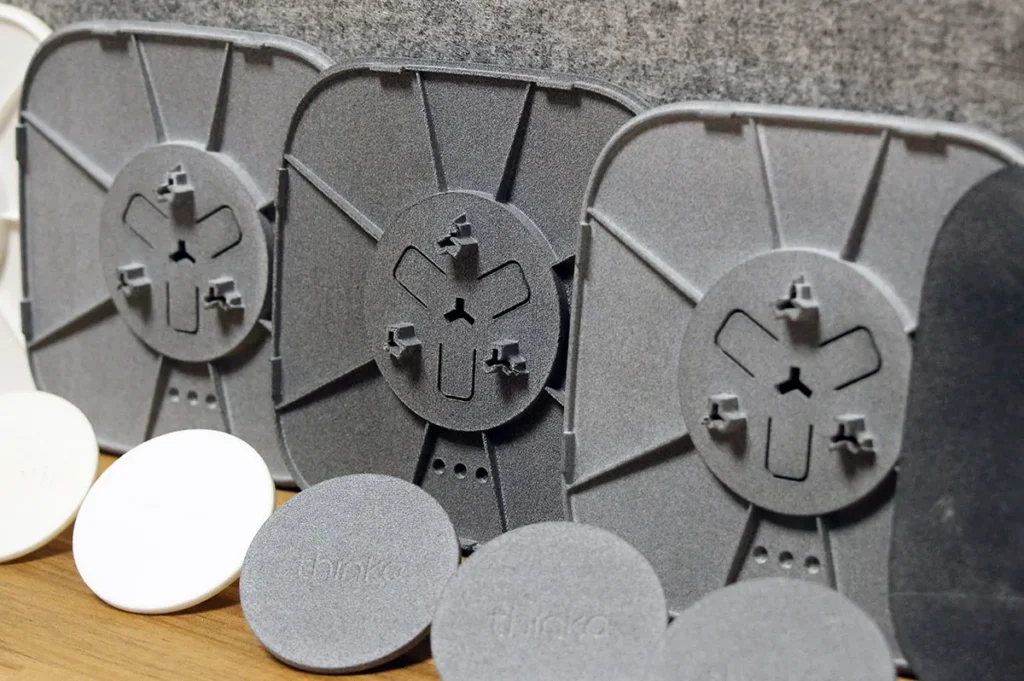
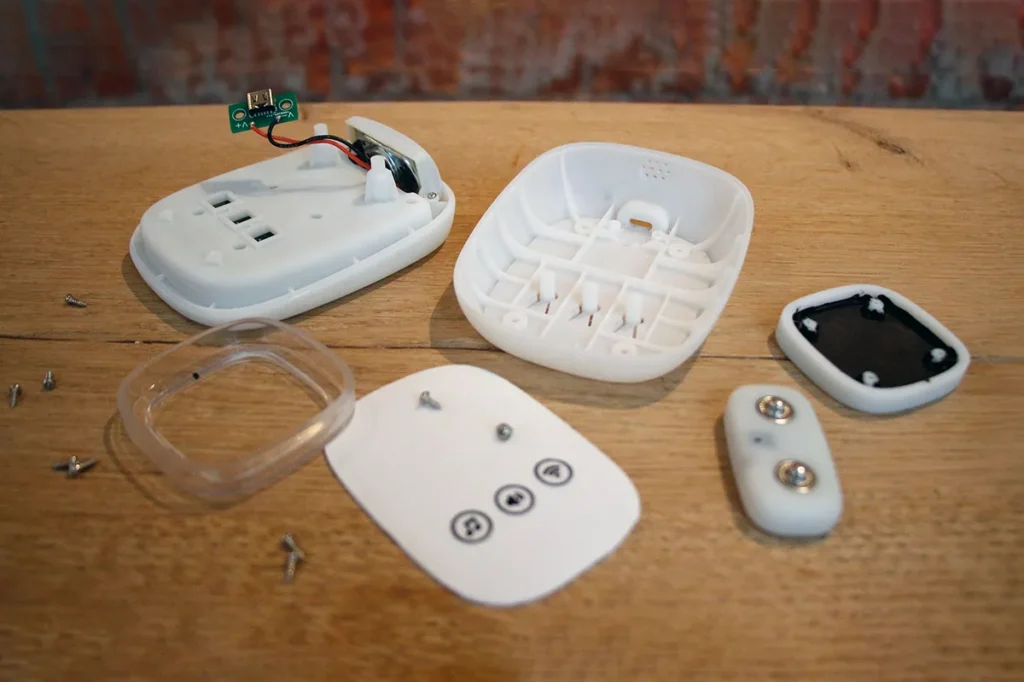
Conclusion
3D printing is a wonderful and useful tool that has and still is revolutionizing the way products are created. 3D printed prototypes have their place within the development process to enable us to quickly test and validate designs. Once we and the client feel comfortable with the solution only then the step towards further DFMA engineering, tooling and mass manufacturing is taken.
More information
Want to find out how we would utilize 3D printing for your development? Contact our us through the online form or send an e-mail to: